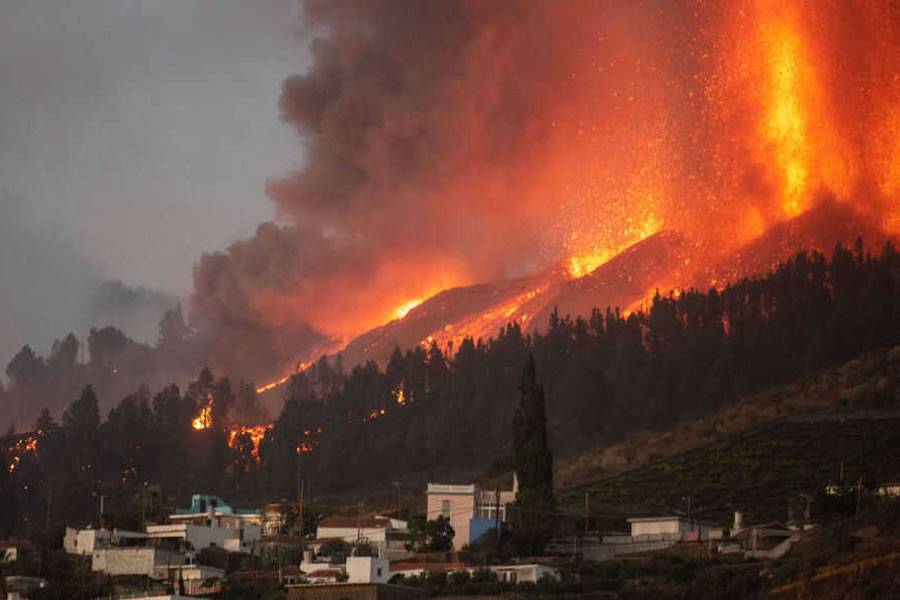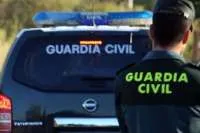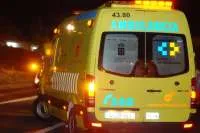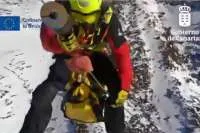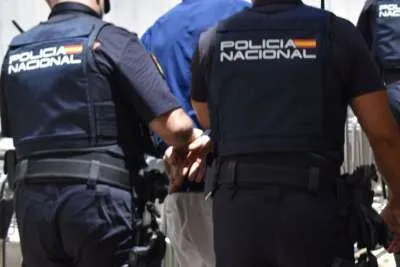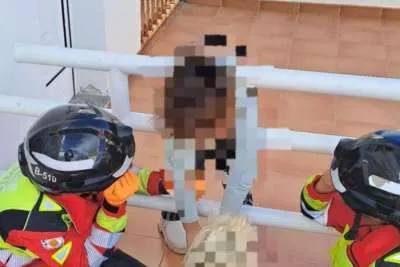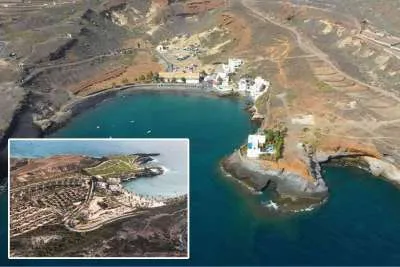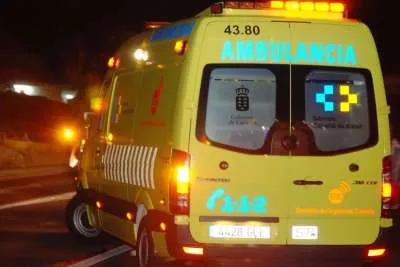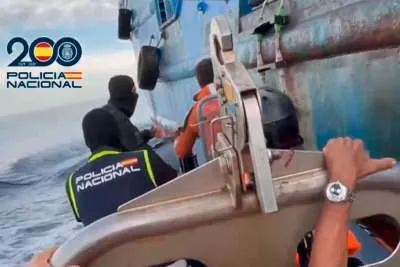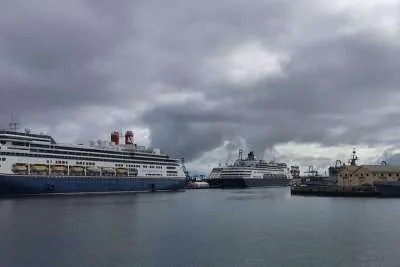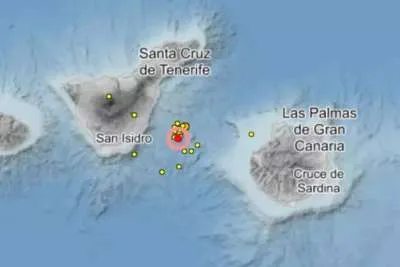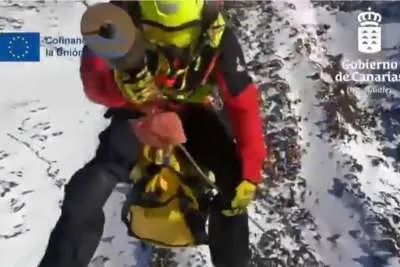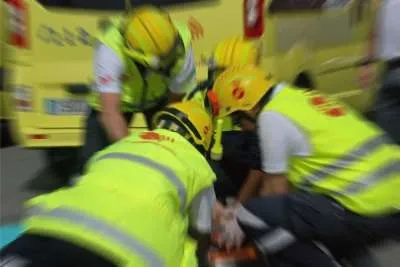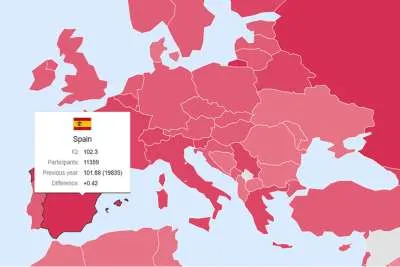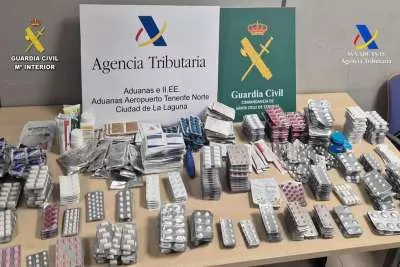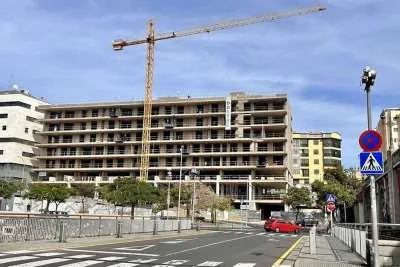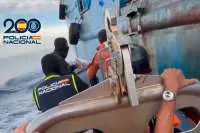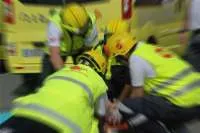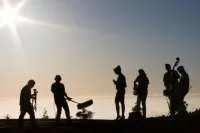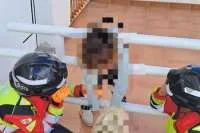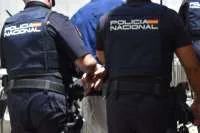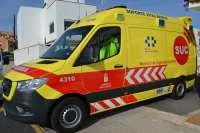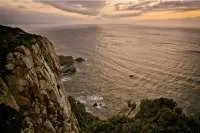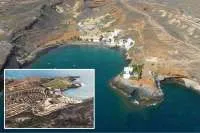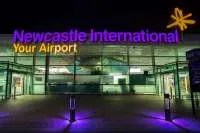Tenerife finalizes its emergency action plan in case of a volcanic eruption
- 11-04-2023
- Tenerife
- Canarian Weekly
It is almost two years since the Action Plan against Volcanic Risk in Tenerife (PAIV) was started, and now the Cabildo are preparing to implement the plan, particularly in the areas deemed to be at the highest risk if an eruption were to happen on the island.
The document assesses the volcanic threat on the island and establishes the response to a volcanic emergency, with a strategy that aims to specify the means and resources, both human and material that will be activated in the event of an eruption, train the personnel that will intervene in the emergency, and train the population for self-protection measures.
"In May or June of this year, the University of La Laguna will present the strategy to begin the implementation of the plan", explains the insular director of Security of the Tenerife Cabildo, Rubén Fernández, about the practical application of the document promoted by the Technical Security and Civil Protection Service.
"We started working on the implementation of this strategy last year with a volcanic risk conference that was accompanied by technical work to study how to guarantee essential services and supplies and the actions of the security forces and emergency services," Fernández said, referring to the starting point of the strategy developed by the ULL to determine the methodology for the application of the plan.
This strategy will have a special impact on the population and the administrations located in the areas with a high or very high degree of threat of suffering a volcanic eruption, established in the plan.

The Northwest of Tenerife is the highest risk area.
"The area where there is the highest probability of an eruption is the northwest flank, from Icod de los Vinos to Guía de Isora," says the island's director of Security.
In this part of the island, greater emphasis will be placed on disseminating the plan among the population and, above all, on planning the response actions.
“The objective is that the inhabitants know self-protection measures in the face of the volcanic risk which we live with day by day, and the local administrations know how to act in case of imminent risk or eruption. The population has to be prepared,” says Fernández.
There are 60,000 people living in the area classified as having a high or very high threat of eruption. In fact, 38,000 people reside in the municipalities of Santiago del Teide, El Tanque, Guía de Isora, Garachico, and part of Icod de los Vinos where the volcanic risk is very high .
"Evacuating is not as simple as saying: 'Get out of your houses.' The plan determines how to carry out an evacuation and subsequent shelter. It is a very complete document.”
“On La Palma 6,000 people were evacuated. In Tenerife that number would be reached with a single affected neighbourhood”, says the expert who took over the technical management of the Tajogaite eruption. "In La Palma, for the first time, we were aware of the risk with which we live," he concluded.


